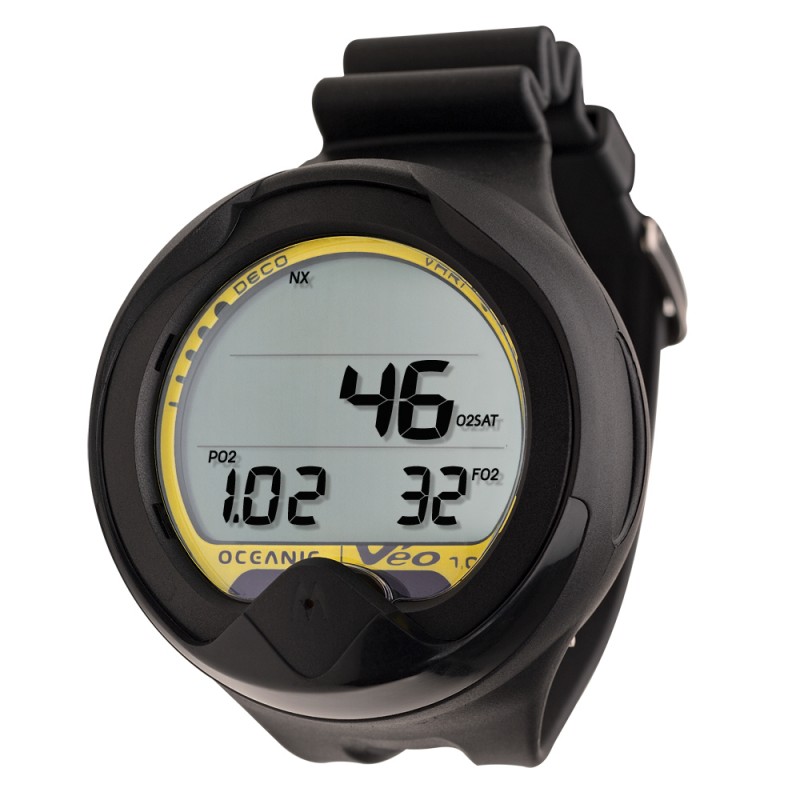There are different materials used to make floating tubes today, such as polyester, nylon, neoprene and vinyl. Before you make a final decision on what tube you want to purchase you should know what options are available.
Polyester
This is a very commonly used material for tubes. PVC is often used as a coating on the polyester, this gives it more strength. It also comes in a “solution-dyed” form which is used often for awnings or boat lift canopies. Polyester, when treated, has a high resistance to fading in sun and is very durable.
Nylon
Nylon comes in many different thicknesses and weights, this is called denier. You will know the nylon is stronger if the denier number is higher. In turn, the more expensive floating tubes will have the higher denier numbers. In general, a 420 denier is commonly used on single passenger, less expensive towable tubes. The tubes aren’t just heavier; they are typically stronger and more expensive.
Neoprene
This is commonly used in wetsuits. It helps prevent skin chaffing and is stretchable, so it is used as a soft cover over polyester and nylon floating tubes. It is also used in other places, like underneath handles and the head, elbow, ankle and knee areas.
Vinyl/PVC
Vinyl is used for inner tubes, bladders and floating tubes. Measured by gauge it comes in different thicknesses. In tubes, the range is from 24-gauge up to 30-gauge, which is consider heavy duty. The common pool toys are made with 10 to 14-gauge vinyl, much lighter material.
Tubes are essential to family fun on the water. New materials, features and designs have expanded the thrill-seeking sport. It does not matter what skill level your family or friends are at, you can all enjoy a day on the water tubing.
